Seven ways to make your home more sustainable
Creating a sustainable home can sound like a tall order. It can feel like there are so many different things you need to consider that it's difficult to know where to begin. So we’re sharing seven ways you can make your home more sustainable.


E.ON
01/11/23


How to make your home more sustainable
1. Generate your own renewable energy
2. Reduce waste

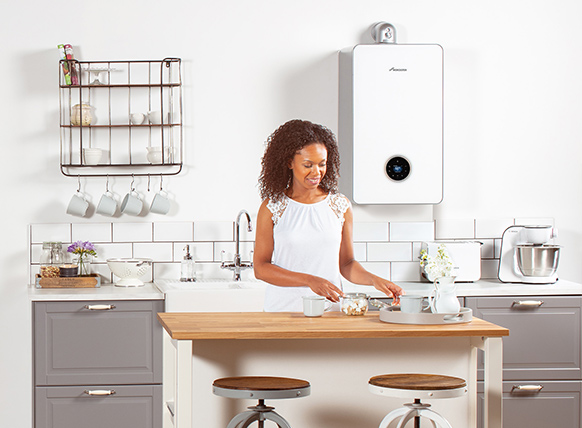
3. Upgrade your boiler
4. Switch to an electric vehicle

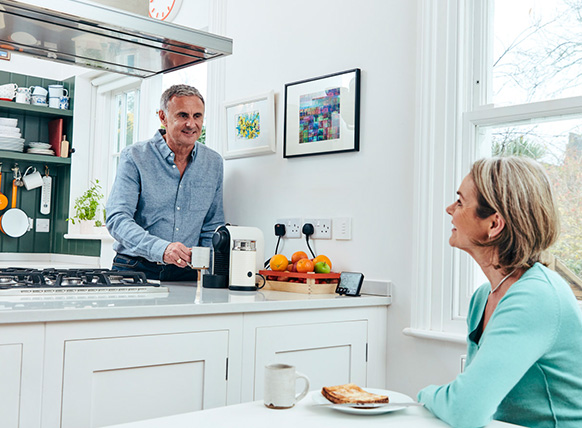
5. Install a smart meter
6. Insulate your home
7. Save water
Read our other blogs
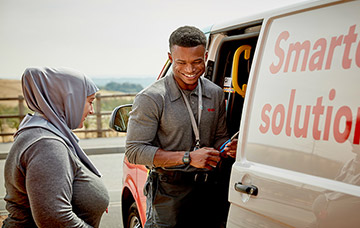
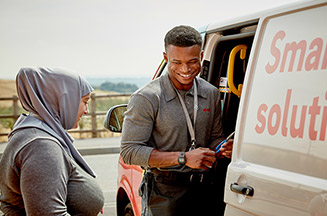
11 October 2023
Blog post
How we’re driving for smarter, sustainable homes
Chris Lovatt, Chief Operating Officer of E.ON UK Solutions, shares some of the ways in which E.ON is helping customers improve the sustainability of their homes.
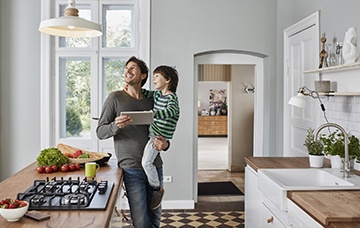
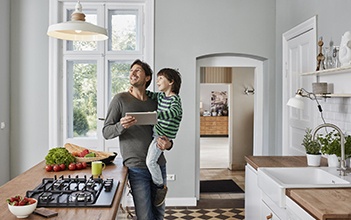
22 September 2023
Blog post
What to look for when hunting for a new home
Looking for a new home can be a long and stressful process but knowing what to look for can help make the journey easier.


10 November 2023
Blog post
How a sustainable home can help lower your energy bills
With the ongoing climate crisis, we’re all aware that we need to take action for climate and save energy at home to help lower our bills.